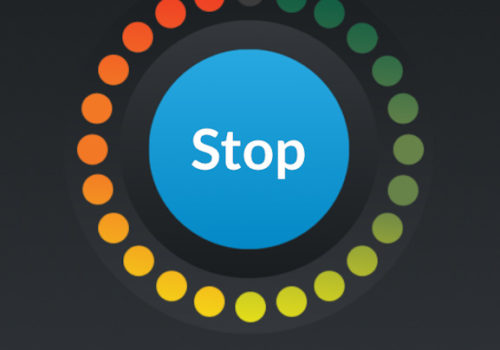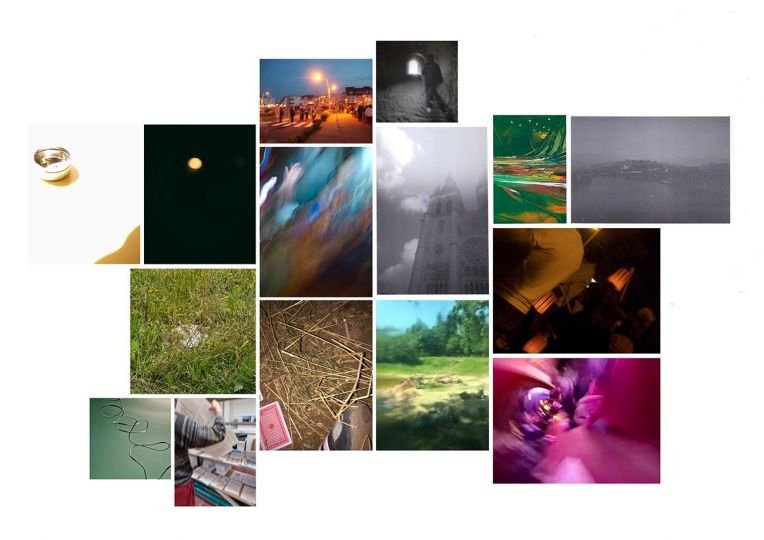Blink is the visionary—and yet, now that it exists, obvious—idea of Julien Jourdes and Matt Craig, former photo editors at the Wall Street Journal. It brings together media professionals of all stripes: editors, agencies and, remarkably, freelancers. “Blink has been incredible for connecting with new editors, and reconnecting with editors I’ve worked with in the past,” says Dan Krauss, a photographer based in California. “Since signing up, my assignments have almost doubled in frequency. I highly recommend it to any freelancers in the photography world.”
Blink’s tagline claims that it is “Connecting the media industry in real time.” While the tepid photo market isn’t currently the founders’ focus, there’s no doubt that it could be in the future. “Magnum Photos, VII, Vu’, The New York Times, etc.: we work with the best storytellers of our time: that’s the market we are capitalizing on. We put them in touch by creating intersections between them and the editors and brands,” says Matt. With this unwavering humor, Julien sums it up: “Overall, it is a great real-time Rolodex!” And its users appear to have caught on. “The appeal of Blink is that it lets you expand your network of contacts on an international level, but also, as an agency, to put our photographers in touch with art directors and photo editors more quickly,” says Laetitia Ganaye, the International Development Manager of Vu’.
“Our ultimate goal is to provide professionals with tools that will remain efficient in 10 years,” says Matt. Both for agencies and media professionals, Blink offers a contact database of 3500 users in 150 countries, updated in real-time. “After finding me on Blink, Mother Jones sent me to Kenya and Sudan for a story, even though I’m based in Egypt. I probably wouldn’t have gotten the job otherwise,” says photographer David Degner. Mother Jones photo editor Mark Murrmann explains, “The very first time I used Blink, I found a photographer in Cairo who did an expert job handling an assignment that got upset by civil unrest in South Sudan. Blink helped us find a great photographer, fast.”
Blink is available on the web and with a forthcoming mobile app. Users create profiles listing their contact information and experience, and photographers can even upload images with links to their websites and Instagram pages. A search engine lets you browse profiles according to profession, location—which can be updated automatically through geolocation—or other criteria, add users to your contacts or personalized and private lists, and leave comments and recommendations.
Blink was founded by two high-caliber photo editors. They understand the complexity of the community they serve. “Because we save them time on the logistical end, photographers and agencies can spend their time finding new opportunities for their projects,” says Julien. “It’s fundamental to adapt with an efficient tool,” adds Matt. “Networking has changed tremendously, it’s not like walking on 5th Avenue anymore.” The golden days of LIFE magazine are gone. Most photo editors can’t afford to send photographers on two-weeks trips with airline tickets, hotels and fixers, so they rely on local photographers. “Le Monde got in contact with me on December 20th, I was probably the only photographer in Kabul, five days before Christmas. The day after I was out on assignment with them,” the Italian photographer Lorenzo Tugnoli recalled.
“I specialize in finding photographers all over the world. I have my own map of photographers on Google Maps, I use Facebook to connect with them and follow their movements, then I turn to agents. With Blink now it is a whole other level,” says Dana Rakhimbekova, photo editor of the Russian travel magazine Afisha MIR.
Matt makes an explicit comparison: “In the current context, content is the number one criteria. On AirBnB, you rent photos before renting a flat.” In fact, the founders have promised to consolidate their platform with more original content in the coming months. “We are committed to helping companies continue to produce awesome original content by connecting them with the best talent already on location. There is great local talent everywhere and we want to connect these professionals with the biggest media companies in the world,” says Julien.
















